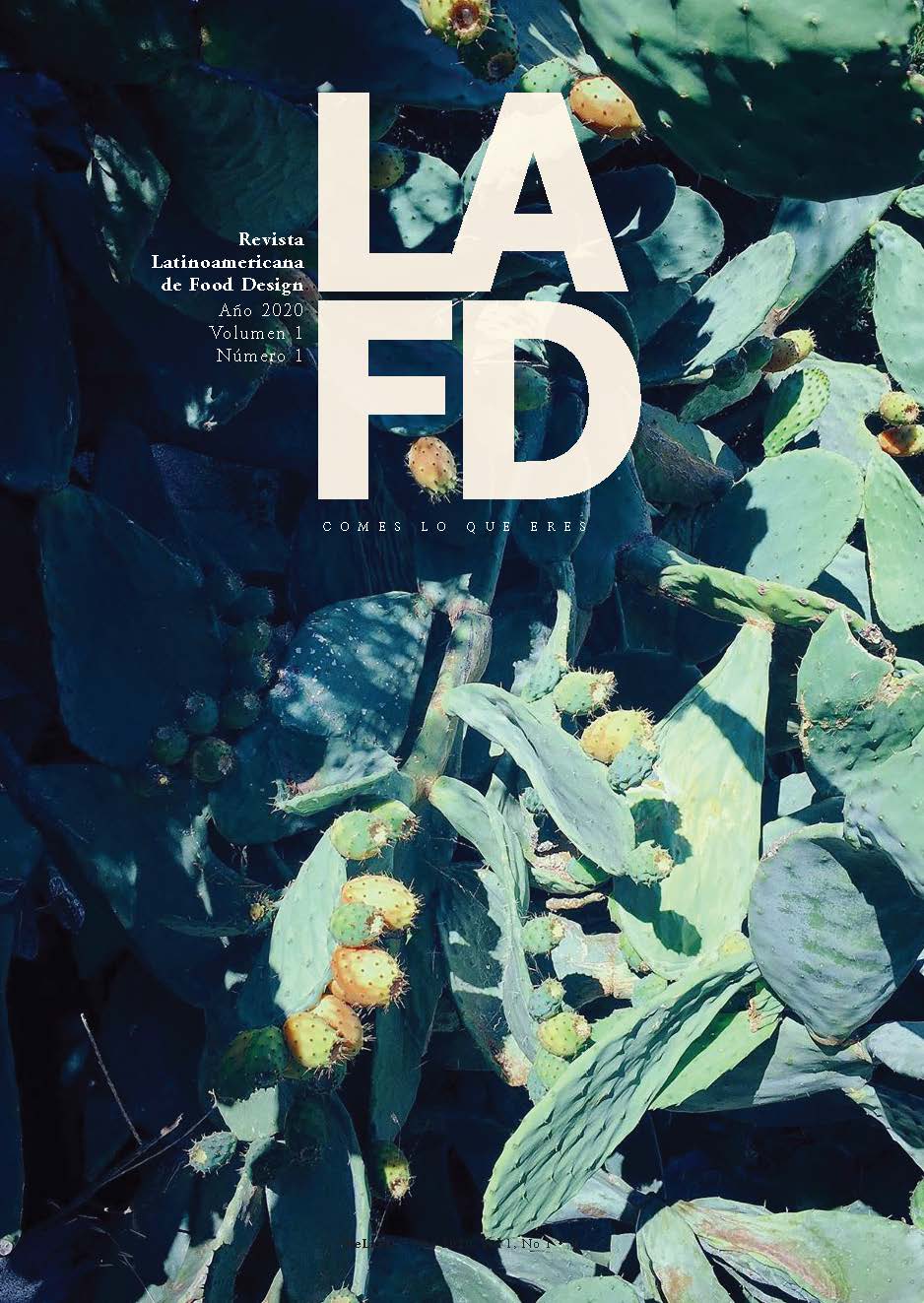Food Systems, Design, Things: reading Heidegger
Palabras clave:
COVID-19, Food security, food designResumen
“No design project, no interaction with things, is free of judgment. Food design could become a space of possibilities and empowerment for those Latin American communities whose voices have been silenced or distorted.” As the world is shaken by the far-reaching consequences of COVID-19, greater attention has been drawn to the structures and the flaws in our food systems and how they affect our daily lives. Food shortages, price increases, lack of resilience, and waste, have hit the whole American continent, revealing many shortcomings in the way we produce, distribute, and consume food. Many of us have shared the unsettling feeling that something we felt was solid and secure is really not so. We seem to realize how important something is (in this case the food system, an invisible infrastructure made of very tangible things) only when it does not work for us any longer, when we expect something from it and we don’t get it.
Descargas
Descargas
Publicado
Cómo citar
Número
Sección
Licencia
Los contenidos y metadata de esta revista están bajo licencia de Acceso Abierto CC BY-NC-ND 2.5 AR Registro DNDA.

